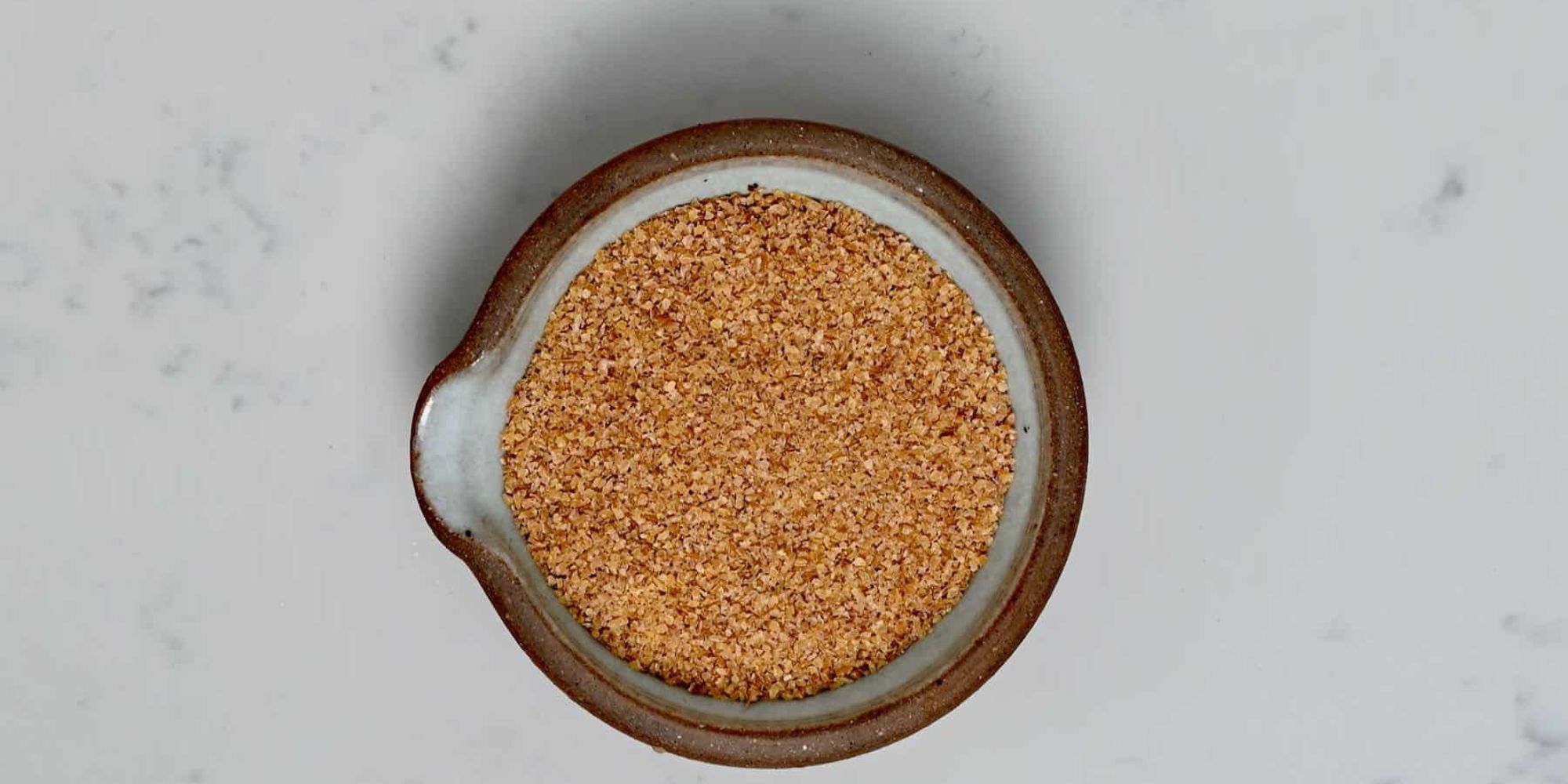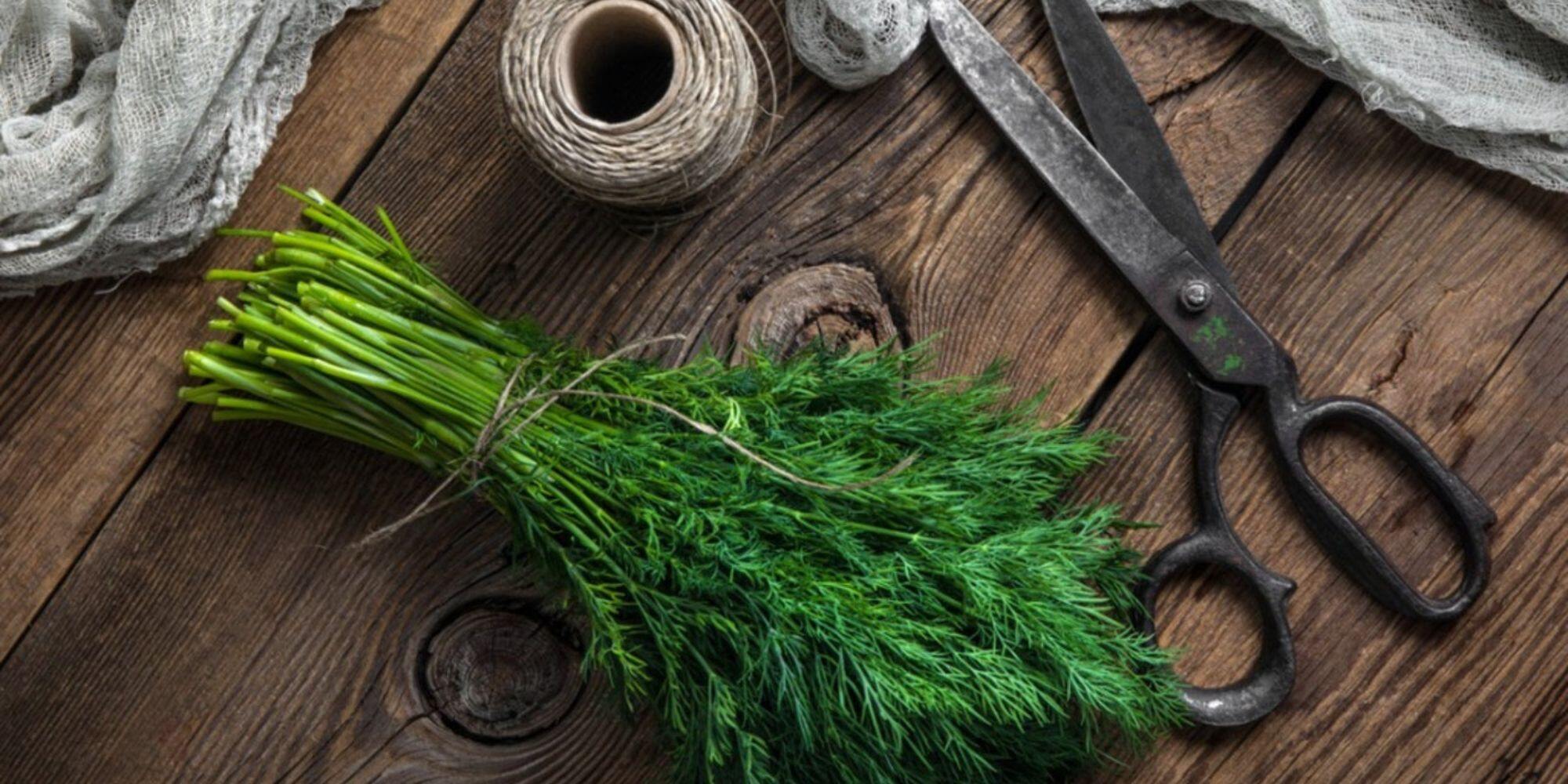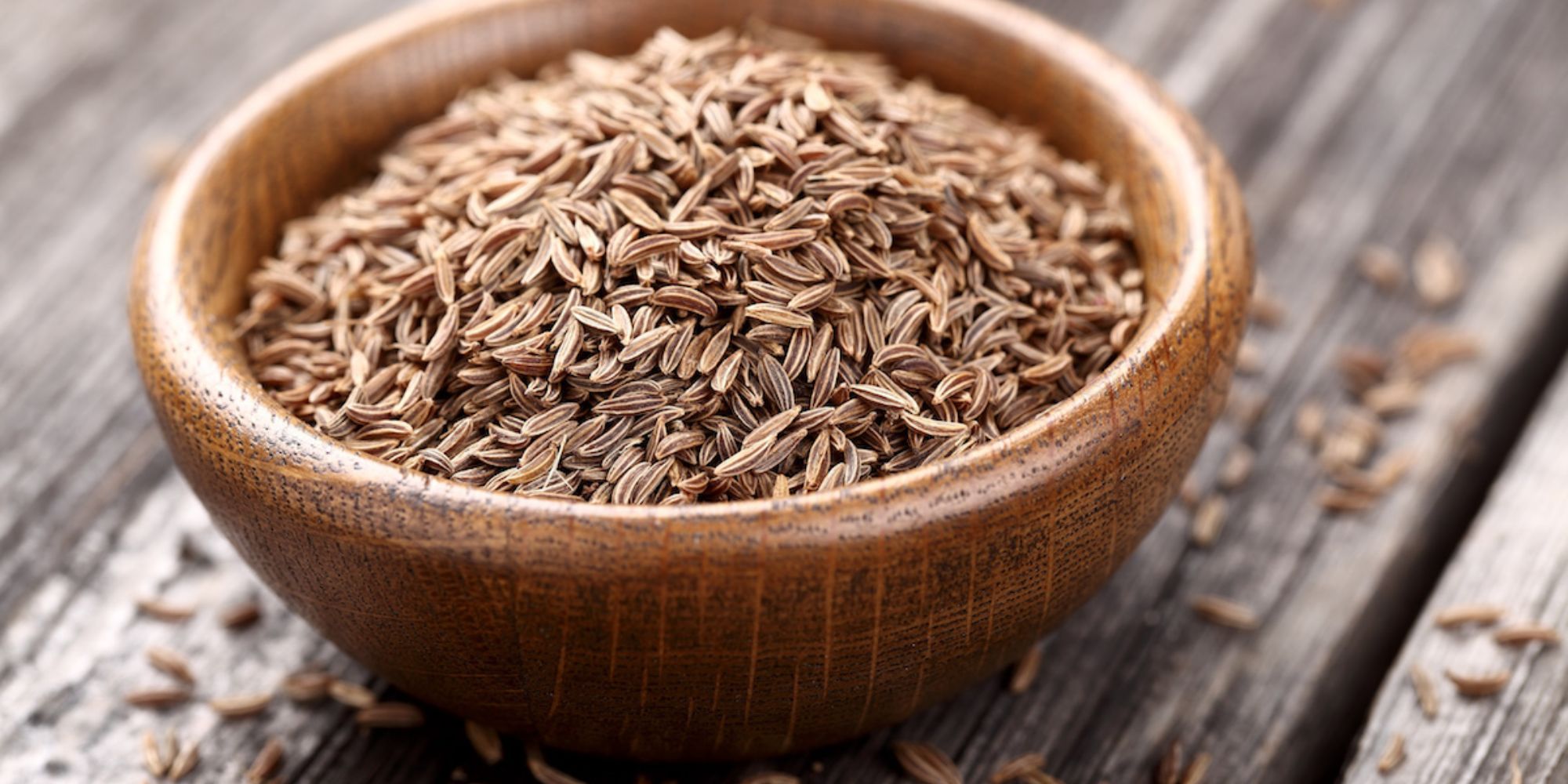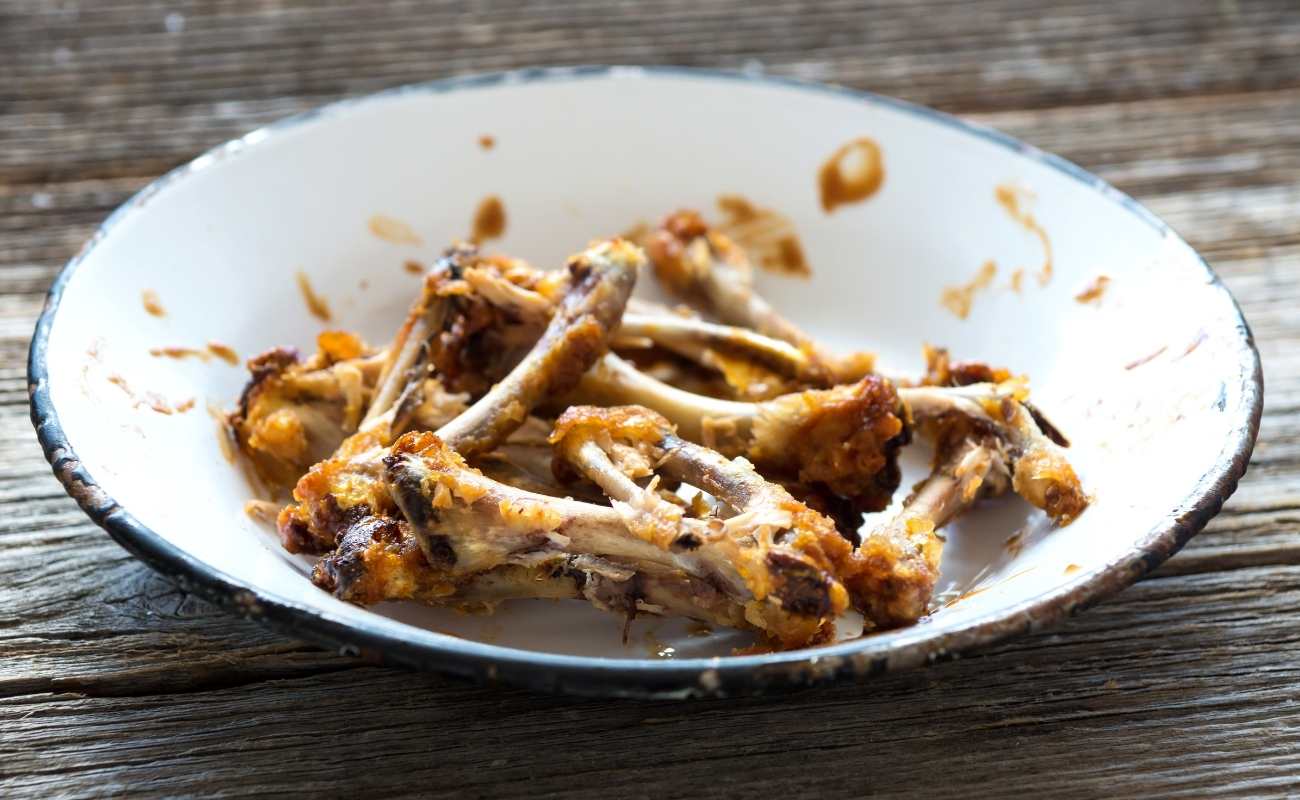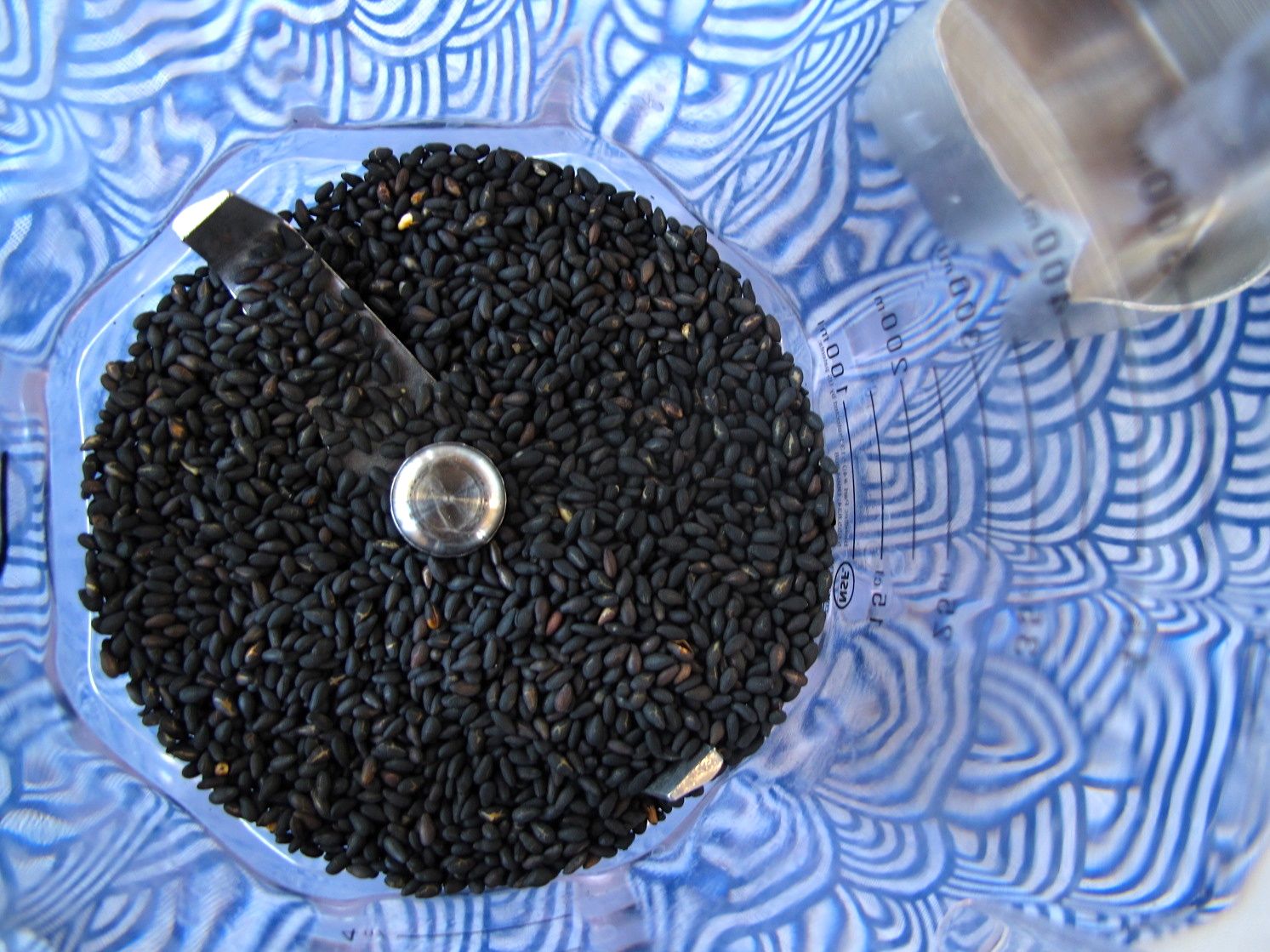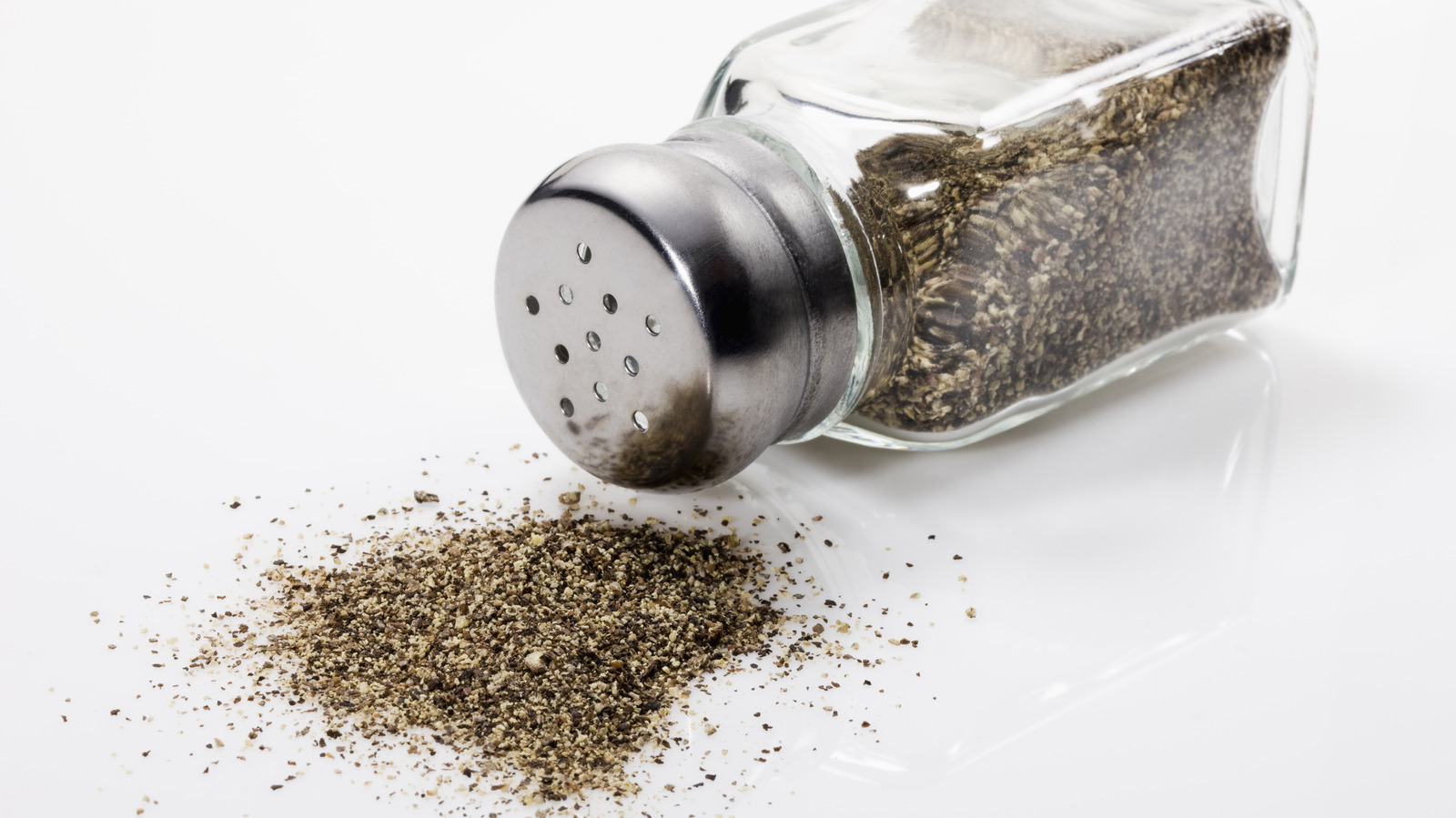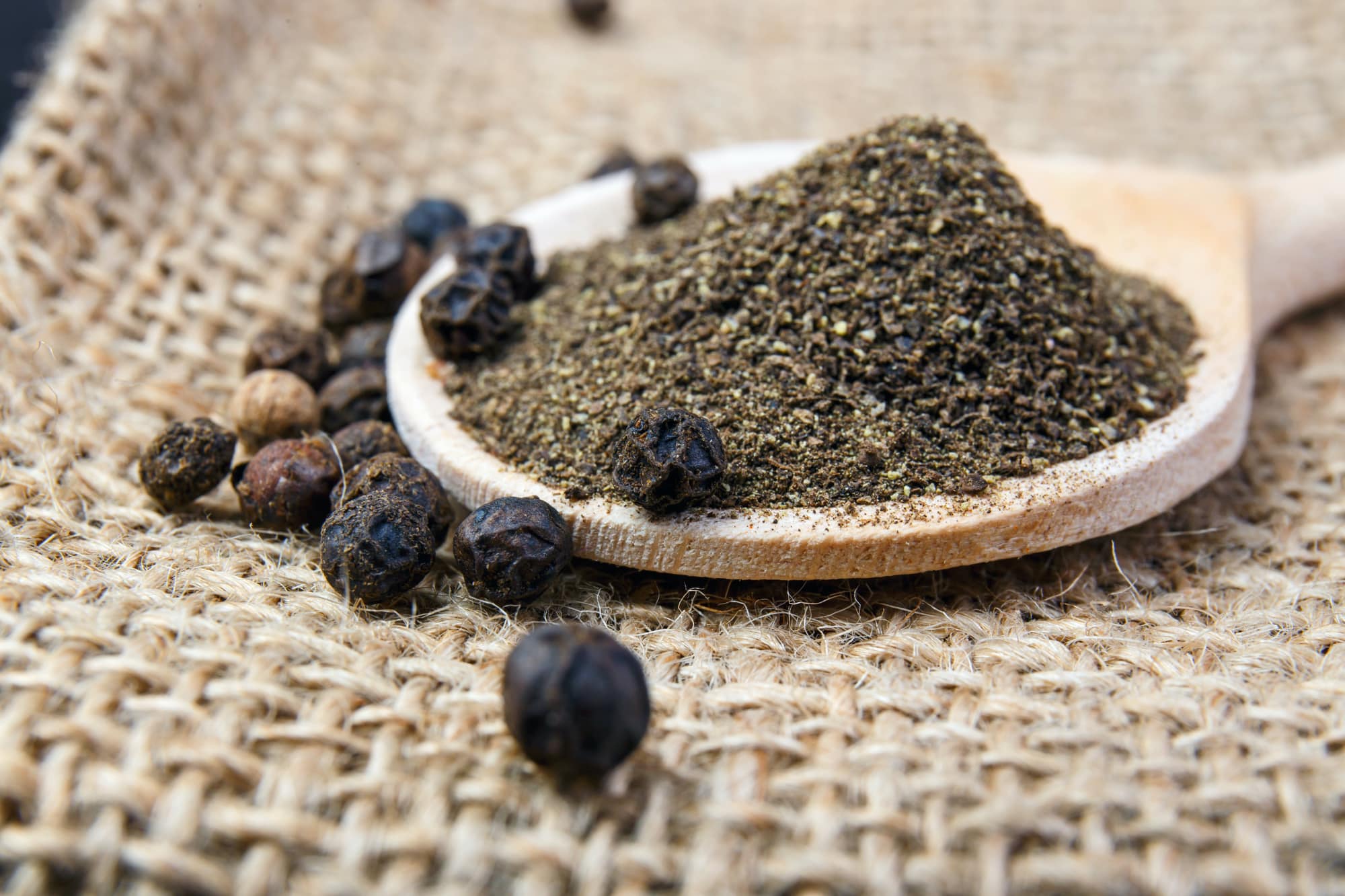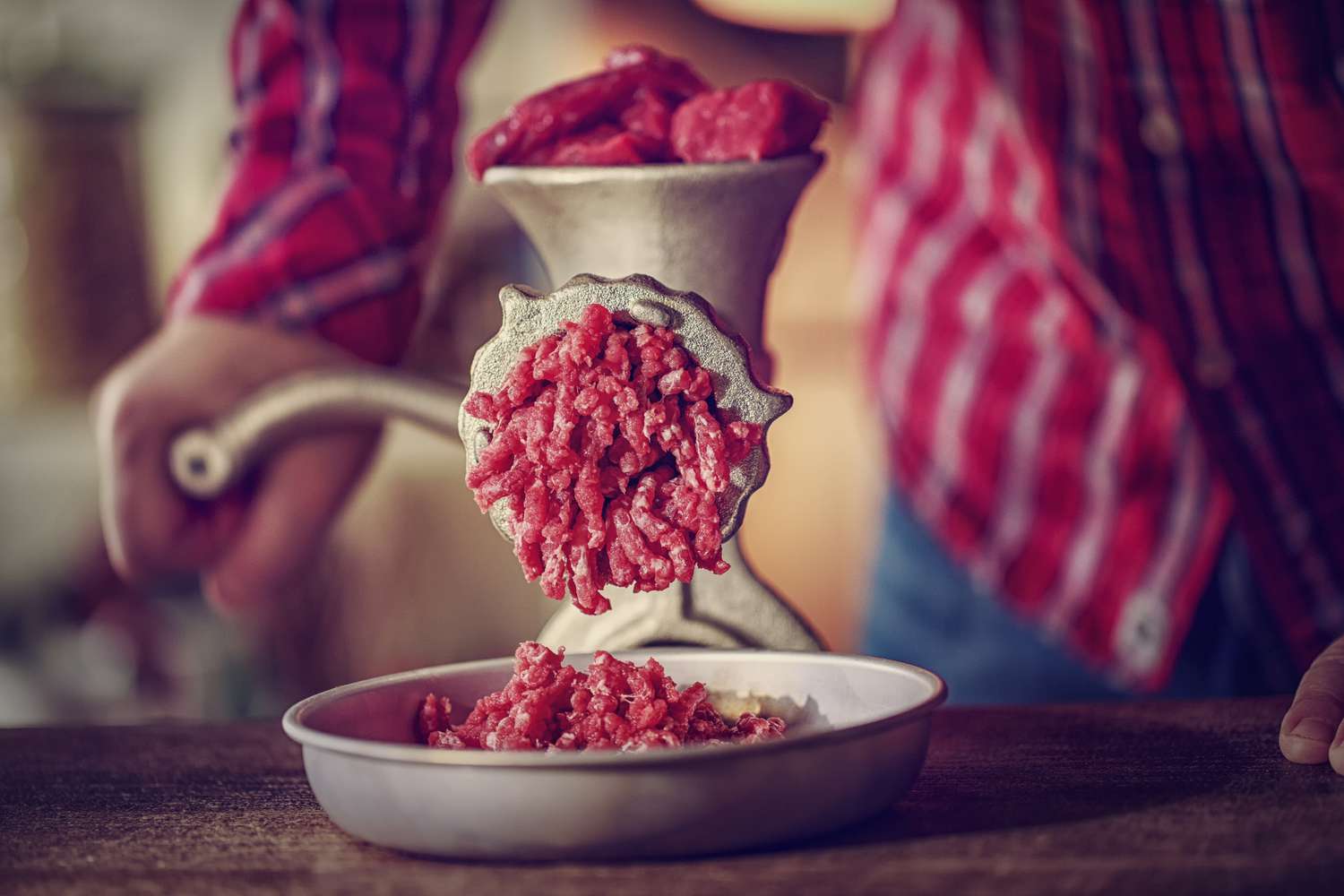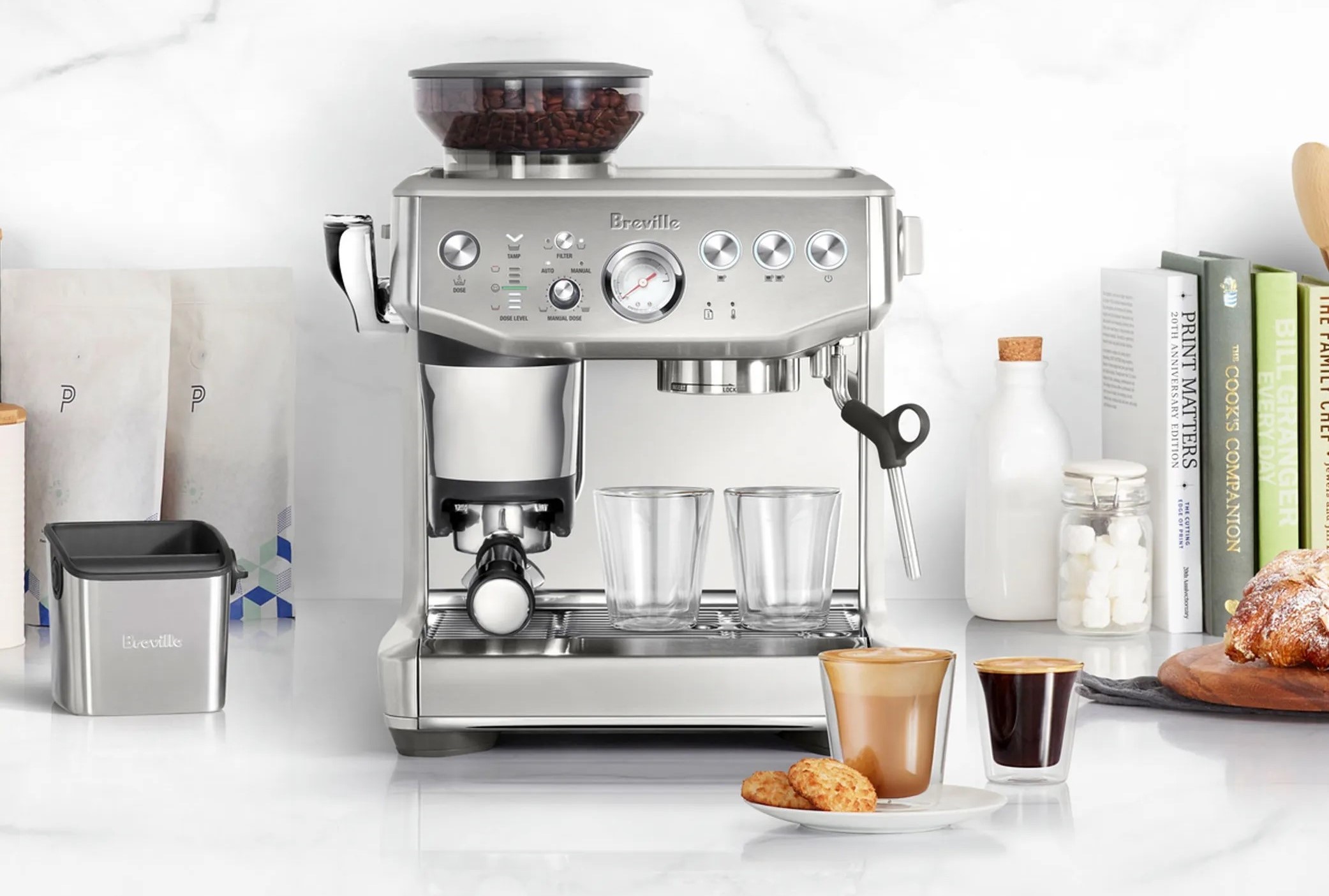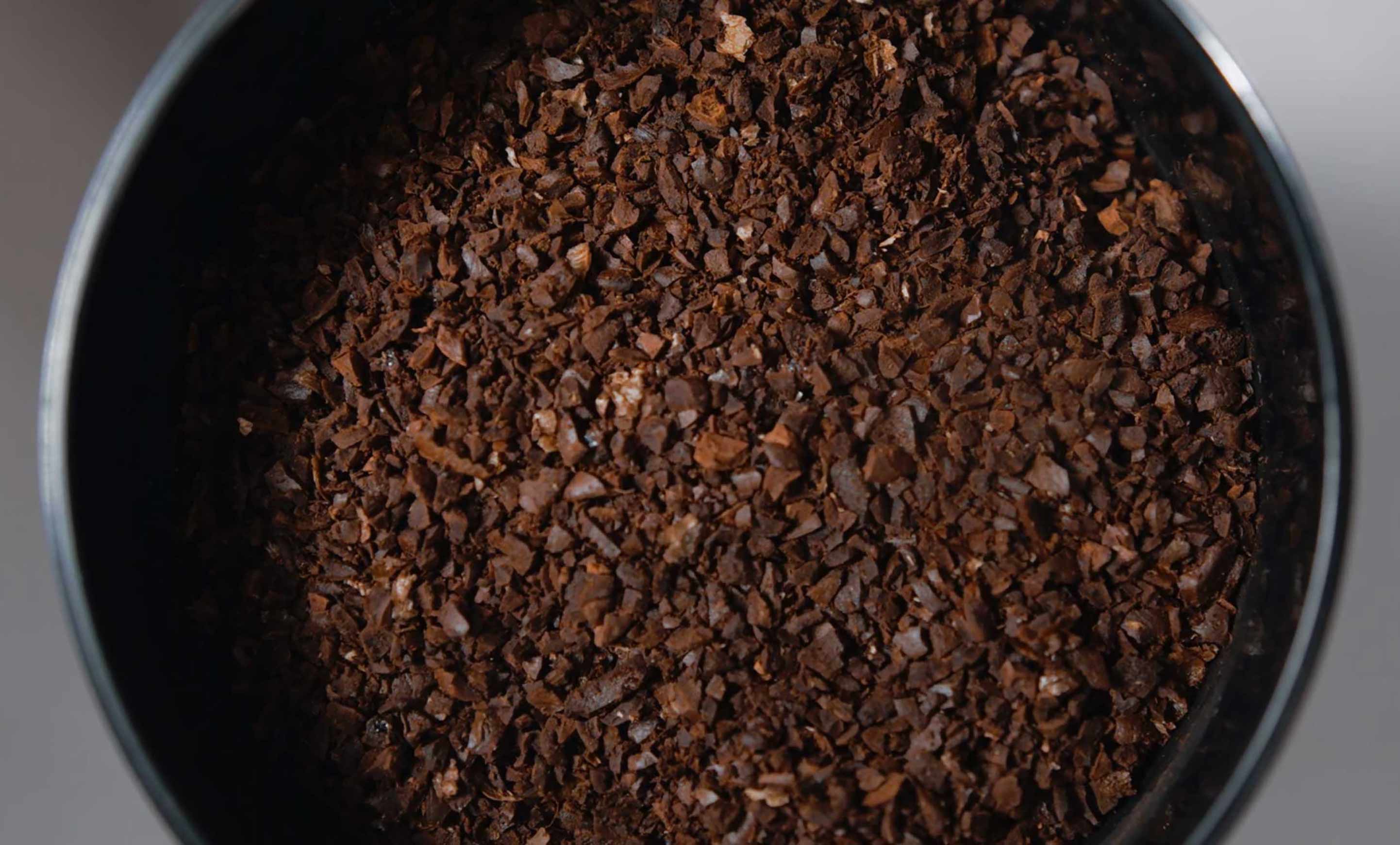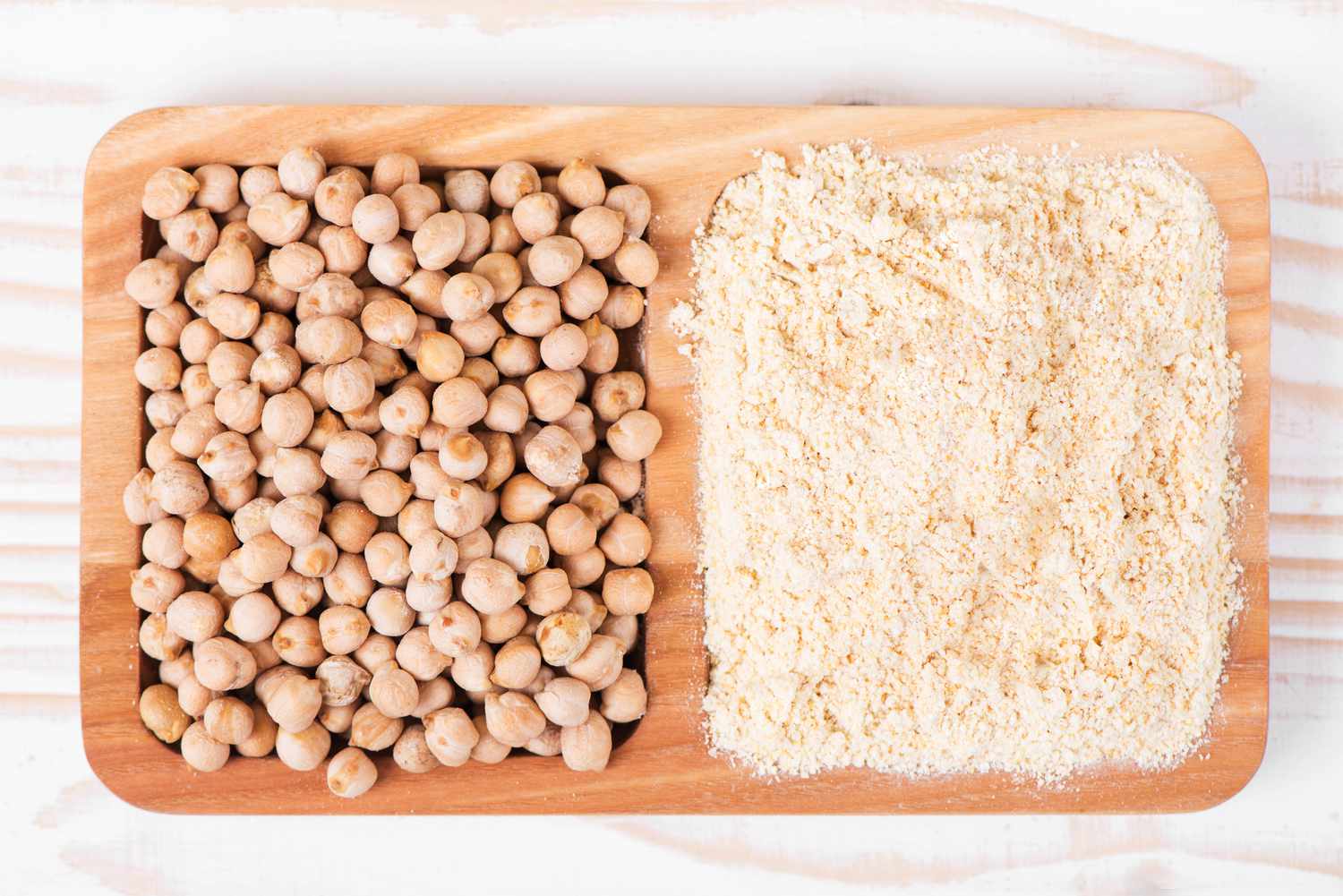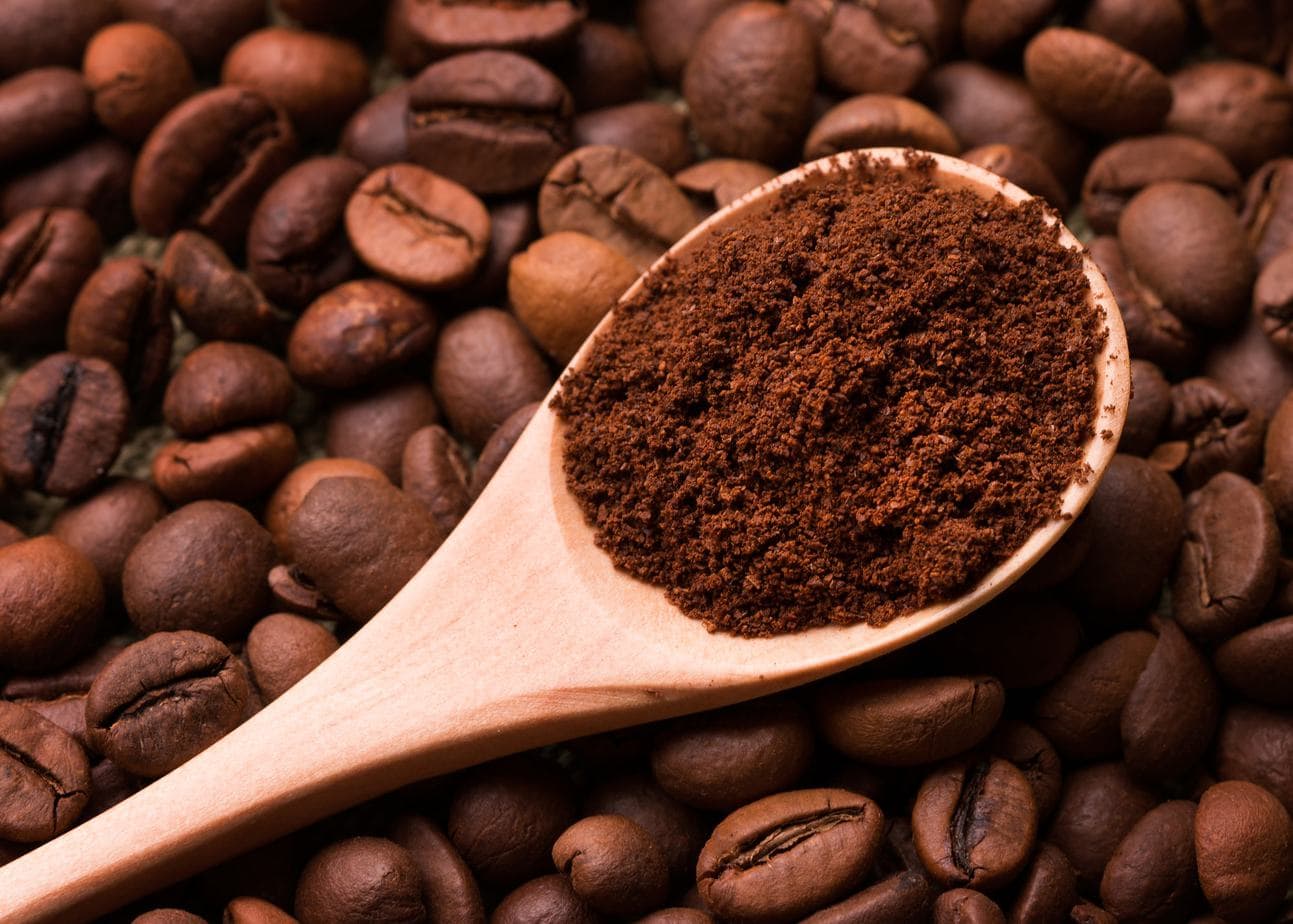Grinding bread might seem straightforward, but mastering this skill opens up a world of culinary possibilities. From creating the perfect breadcrumbs for crispy coatings to preparing homemade croutons that elevate any salad, understanding the nuances of grinding bread is essential for any kitchen enthusiast. Whether you're working with a food processor, a blender, or even just your hands, the key lies in selecting the right bread and knowing how to achieve the desired texture. Let's dive into the simple yet transformative process of turning bread into versatile crumbs, ready to enhance your favorite dishes.
Essential Ingredients for Grinding Bread
- Stale bread (preferably 2-3 days old)
- Salt (optional, for seasoning)
- Herbs and spices (optional, for flavored breadcrumbs) such as:
- Garlic powder
- Dried oregano
- Paprika
Must-Have Tools for Bread Grinding
- Food Processor: Ideal for quickly turning bread into fine or coarse crumbs.
- Blender: Works well for smaller batches or when a food processor isn't available.
- Box Grater: Offers a manual method to shred bread into crumbs, suitable for when electrical appliances are not an option.
- Rolling Pin & Ziplock Bag: Perfect for crushing bread into crumbs without making a mess. Place bread slices in the bag and roll over them.
- Oven or Toaster: Essential for drying out bread before grinding, ensuring crumbs are crisp and not soggy.
- Baking Sheet: Used in conjunction with an oven to evenly dry slices of bread.
- Bread Knife: For slicing bread into smaller pieces that are easier to grind.
- Storage Container: To keep breadcrumbs fresh after grinding.
Grinding breadcrumbs at home is simple. Use stale bread for a finer texture. Pulse in a food processor until desired consistency. Store in an airtight container for freshness.
The Importance of Grinding Bread
Grinding breadcrumbs at home allows for customization of texture and flavor, transforming stale bread into a versatile kitchen staple. This process not only reduces waste but also elevates dishes with a personal touch, offering a fresher, tastier alternative to store-bought versions.
Opting for homemade breadcrumbs also encourages creativity in the kitchen. Experimenting with different types of bread, such as sourdough or whole wheat, introduces unique flavors and textures to recipes. This sustainable practice supports a more conscious consumption, aligning with eco-friendly cooking habits by repurposing leftovers into something delicious.
Your Step-by-Step Bread Grinding Guide
-
Select the Right Bread: Opt for day-old bread as it grinds better than fresh bread. Stale bread works well too.
-
Prep the Bread: Cut or tear the bread into uniform pieces. This ensures even grinding.
-
Choose Your Grinding Tool: Options include a food processor, blender, or manual grinder. Each has its own benefits.
-
Dry the Bread (Optional): For extra dry breadcrumbs, bake the pieces in an oven at 300°F for about 10-15 minutes. Stir occasionally to ensure even drying.
-
Grind the Bread: Place the bread pieces into your chosen tool. Pulse in short bursts for coarse crumbs or continuously for finer crumbs.
-
Sift the Breadcrumbs: Use a sieve to separate any large pieces that need more grinding.
-
Season (Optional): Add seasonings like salt, pepper, or dried herbs to tailor the breadcrumbs to your dish.
-
Store Properly: Keep breadcrumbs in an airtight container. Store in a cool, dry place for short-term use or freeze for longer storage.
Mastering Bread Crumb Creation
Grinding your own bread crumbs is a game-changer for any kitchen aficionado. Not only does it let you control the texture and flavor, but it also offers a fantastic way to use up leftover bread, reducing waste. Whether you're coating chicken for a crispy bake, topping a casserole, or adding a crunch to your salads, homemade crumbs elevate dishes with that extra touch of homemade goodness. Remember, dry or stale bread works best for a finer crumb, while fresh bread is your go-to for chunkier textures. Experiment with different bread types and seasonings to find your perfect match. With these tips, you're well on your way to becoming a bread crumb guru, turning simple ingredients into culinary masterpieces. So, grab that leftover loaf and let's get grinding!
For those looking to use their fresh breadcrumbs in a variety of delicious dishes, they can try their hand at making Oven-Baked Breaded Shrimp, which offers a delightful crunch and pairs well with a zesty dipping sauce. Another excellent option is Herb-Crusted Pork Chops, where the breadcrumbs marry beautifully with aromatic herbs for a satisfying meal. Eggplant Parmesan is a must-try for vegetarians, providing a hearty and cheesy delight. For a family favorite, Homemade Chicken Nuggets are a hit with both kids and adults alike. Cheese lovers should not miss out on Breaded Mozzarella Sticks, which are perfect for a gooey snack or appetizer. For a plant-based twist, Crispy Baked Tofu Nuggets offer a fantastic texture and flavor. Lastly, Classic Crispy Chicken Parmesan is a timeless dish that never fails to impress.
All Your Questions About Grinding Bread Answered
Why grind your own bread?
Grinding your own bread for recipes like stuffing or breadcrumbs gives you fresher, more flavorful results. Plus, you can control the texture, from finely ground to coarse, depending on what your dish calls for.
What types of bread work best for grinding?
Almost any type of bread can be ground, but dry or slightly stale bread works best. Think about using loaves like white, wheat, sourdough, or even baguettes. Fresh bread can also be used, but might require drying out in the oven first to achieve the best texture.
How do you dry out bread before grinding?
To dry out bread, spread slices or chunks on a baking sheet and bake at a low temperature, around 200°F, until they're dry but not toasted, usually about 10-15 minutes. This step ensures they'll grind easily without turning gummy.
Can you use a food processor to grind bread?
Absolutely, a food processor is perfect for grinding bread. Just tear the bread into chunks, pulse a few times to break it down, and then continue until you reach the desired consistency. For smaller batches, a coffee grinder or blender might also do the trick.
Is there a way to flavor the bread crumbs while grinding?
Yes, for added flavor, consider mixing in dried herbs, garlic powder, or Parmesan cheese with the bread chunks before grinding. These ingredients will blend seamlessly with the crumbs, giving your dishes an extra flavor boost.
How should homemade bread crumbs be stored?
Store your homemade bread crumbs in an airtight container in the pantry for up to a month or freeze them for longer storage. Freezing can help preserve their freshness and prevent them from going stale.
Can gluten-free bread be used for grinding?
Definitely, gluten-free bread works just as well for grinding into crumbs. Just follow the same steps as you would with regular bread, ensuring it's dry enough before starting. This way, those with gluten sensitivities won't miss out on recipes requiring bread crumbs.
